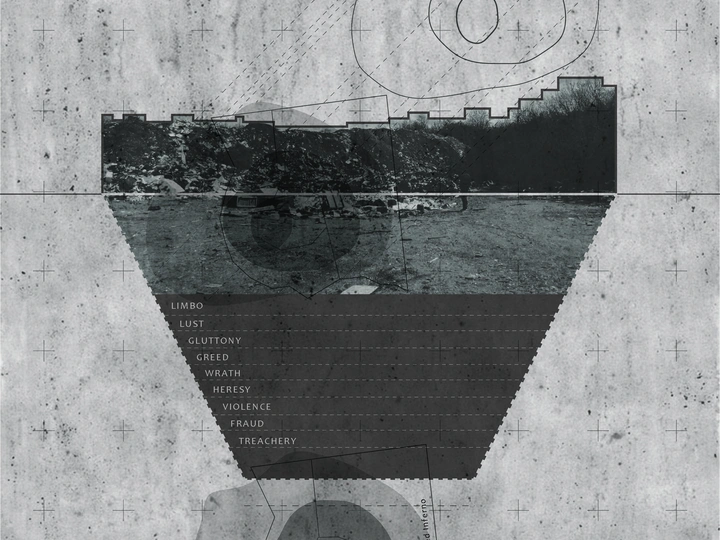D’valla: The complexity of a landscape phenomenon

I like to think of myself as a researcher, connecting and collecting the knowledge whenever and wherever I can. That is why I chose a landscape architecture as my formale role in this universe and society. Currently I'm doing my master thesis on Biotechnical University of Ljubljana, department of Landscape architecture study.
Analayse and observing are my thing. Always trying to figure out any kind of spatial problem. That is way I decieded to apply to this open call. I have finished bachelor programme of Landscape architecture in Zagreb and then moved to Ljubljana to experience and learn more. My specialty is to transform my space-impressions and thinking into words so usually spend my free-time as a freelance writer. I'm working already for two years. I have experienced how is like to work with engineers and learn something about rain gardens and water-sensitive urban design (WSUD). Currently working in Rovinj and dealing with real life construction project thing in field of landscape architecture. I will attach my LinkedIn profile so you can check all the standard informations about me. I consider this open call as a great chance to spread voice about my research I will present further in the application which is also my master thesis research. Thank you!
The phenomenon of a Landscape contains a sort of complexity within itself, entangled in social and natural processes.
The complexity and potential of a different way of looking at analyses would be identified and illustrated through the example of planning the future of a specific spatial phenomenon - a wild dump/landfill (d'valla) in the Croatian Istria, in the settlement of Bale/Valle. The space and the state of the art, which has undergone a transformation from a primary state (the sinkhole) to a distinctly altered state (the mediated artefact - the wild dump) without any planned design, manifests itself as a 'semi-consciously unformed' state (the edge condition), or rather, it manifests itself as a form of instability in space. The garbage dump has its own border, a line of demarcation that separates it from its rustic surroundings; at this border, man performs the absurdity of what he does: deliberately, by throwing away rubbish, he forms the garbage dump, while at the same time unconsciously contributing to the shaping of the wilderness (flora and fauna) within the demarcation line (the garbage dump).
The aim is to illustrate the complexities of the analytical process and synthesis in landscape planning using the example of d'valle, a wild dump near Bale/Valle in Istria. The aim is to show that the planning process is not linear (inventory - analysis - synthesis), but that the analytical process is ongoing throughout the planning process, as the initial analyses are reconsidered in the phase of reflection on the appropriateness of the alternative solution (reflection), enriched by new insights. The aim is to become aware of the problem(s) and situations in which the dump has undergone a metamorphosis from its primary, agricultural utilitarian character to that of a wild dump. The aim is to understand the present and discover the future of this spatial phenomenon through the planning process.